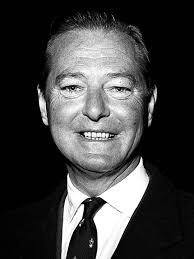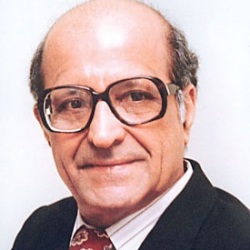We have decided to create the most comprehensive English Summary that will help students with learning and understanding.
The Story of My Life Summary Chapter 4
Helen describes the coming of Miss Sullivan and how she taught her to speak with the help of fingers and her sense of wonderment at learning the names of things. She began to look forward to a new day for the first time in her life.
This chapter describes the arrival of Miss Sullivan, the teacher, and how Helen learnt to speak through her fingers. Helen Keller describes the day she met her teacher as the most important day in her life. On that day, Helen and Anne Sullivan begin a long, difficult journey. Together, they achieve what many believed to be impossible.
Helen understood when her teacher spelt out the word ‘doll’ on her hands with her fingers. This feat gave her immense pleasure and pride. She writes about her wonder at being able to name things around her and also mentions the dawning of a new perception.
For the first time, Helen experienced the feeling of repentance and sorrow, and she felt happy and looked forward to a new day. Helen recounts her experience of learning to spell the word ‘water’ which she had taken a long time to learn. She describes the first day when Miss Sullivan came, as an eventful day where she learnt many new words which would ultimately make the world blossom for her.
The Story of My Life Summary Chapter 4 Questions and Answers
Question 1.
Why does Helen say that 3 March 1887 was an important day for her?
Answer:
Helen calls it an important day because her teacher, Miss Sullivan, came to live with her on that day.
Question 2.
How did Helen learn the name of things around her?
Answer:
Helen’s teacher spelt out the names of the articles around her onto her hand and Helen would imitate her movements. Helen leamt several words, in the same process, even though she did not fully understand them.
Question 3.
What made Helen break her new doll?
Answer:
Helen broke her doll out of frustration as she was unable to understand the difference between the words ‘mug’ and ‘water’ even though her teacher tried her best to explain it to her.
Question 4.
What was significant about Helen trying to pick up the broken pieces of her new doll?
Answer:
Helen showed signs of regret and sorrow, which she had never felt before. It signified her transformation and her ability to recognise her feelings. The episode was significant as Helen showed the first signs of registering emotions.


